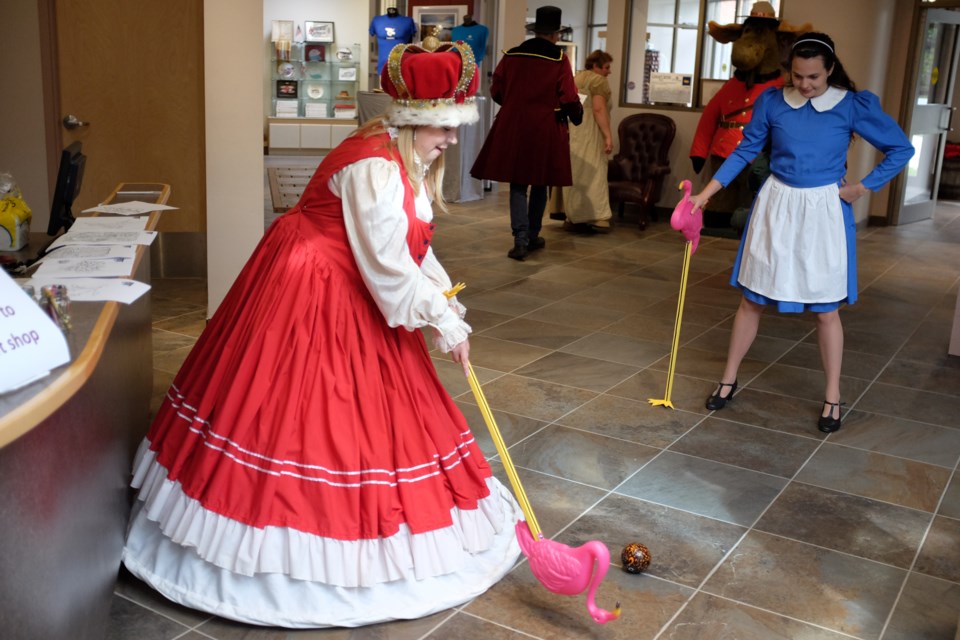When Charles Oakes Ermatinger came to the Sault in the early 1800s, he traded with First Nations people here for beaver pelts which, via Montreal, were sent off to hat makers in Europe.
Many of these hatters went ‘mad’.
“The process of taking fur and mixing it with nitric acid and mercury (helped) beaver fur plump up and mat better. Little did (the hatters) know but mercury was affecting their nervous system and it drove them crazy. The finer the work of the hatter (and the more time they spent on the hat) the more crazy they got,” said Ian Ganton, historic interpreter.
In the early 1800s, it took eight beavers to felt one, average-sized top hat and a small business owner might expect to pay a year's salary just to afford one.
The price was paid, though, which made beaver pelts - particularly the more densely fur covered ones of North America and that were in abundance in Algoma - highly desirable.
The popularity of beaver top hats continued until the 1830s when hatters started using silk, mainly because the War of 1812 cut Europe's beaver supply from North America.
Silk replaced beaver fur and hatter mercury poisoning became much less common.
Mad Hatter Syndrome, as it is called, is perhaps more famous as being an inspiration for the Hatter character in Lewis Carroll’s book Alice in Wonderland.
Volunteers and staff dressed up as characters from the book for the Ermatinger Clergue National Historic Site’s first Bonkers for Blueberries Mad Hatter Tea Party on Sunday.
Historical re-enactors walked around in costumes from the book – Alice, The Caterpillar, The Queen of Hearts, a playing card, and the Hatter - as well as in historical Voyageur-era outfits.
They served up blueberry crumble and pancakes made mostly from blueberries from the Farmers Market.
Usually tea would follow breakfast but in honor of the topsy-turvy fictional world, they had tea in the morning and pancakes in the afternoon.
“If it is 10:00 it is 2:00, & if it is 2:00 it is 10:00,” read an event poster.
Visitors also walked around the Old Stone House and Clergue Blockhouse on site.
